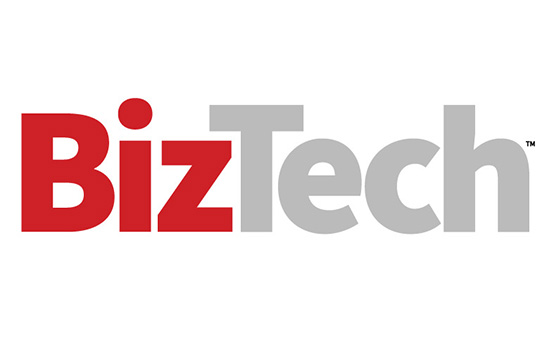What Does a HiTrust Certification Mean?
HiTrust compliance helps banks streamline their approach to multiple regulations by providing a single framework to map and align their security controls against a wide range of standards.
With HiTrust, teams can simplify internal audits with regulators and business partners because the certification serves as proof of compliance across several domains.
“It signals the organization is serious about protecting sensitive data and following rigorous, industry-recognized standards,” says Danielle VanZandt, research manager for security at Frost & Sullivan. “In a market where data breaches and privacy concerns are top of mind, that assurance goes a long way.”
By achieving HiTrust certification, banks can proactively address those concerns, reduce risk, and build long-term credibility with both customers and partners.
EXPLORE: Identity and access management solutions protect endpoints.
What Are the Benefits of HiTrust Compliance?
Naydenov explains HiTrust offers key benefits from more common security frameworks (NIST, PCI-DSS) that can guide security architecture and privacy policies and validate protection standards.
“HiTrust can go further to combine elements of other major security regulations, ensuring banks can properly secure all types of sensitive data that is subject to regulatory compliance,” he says.
In addition to simplifying regulatory compliance under a unified framework, the certification also provides third-party security partners with added assurance.















